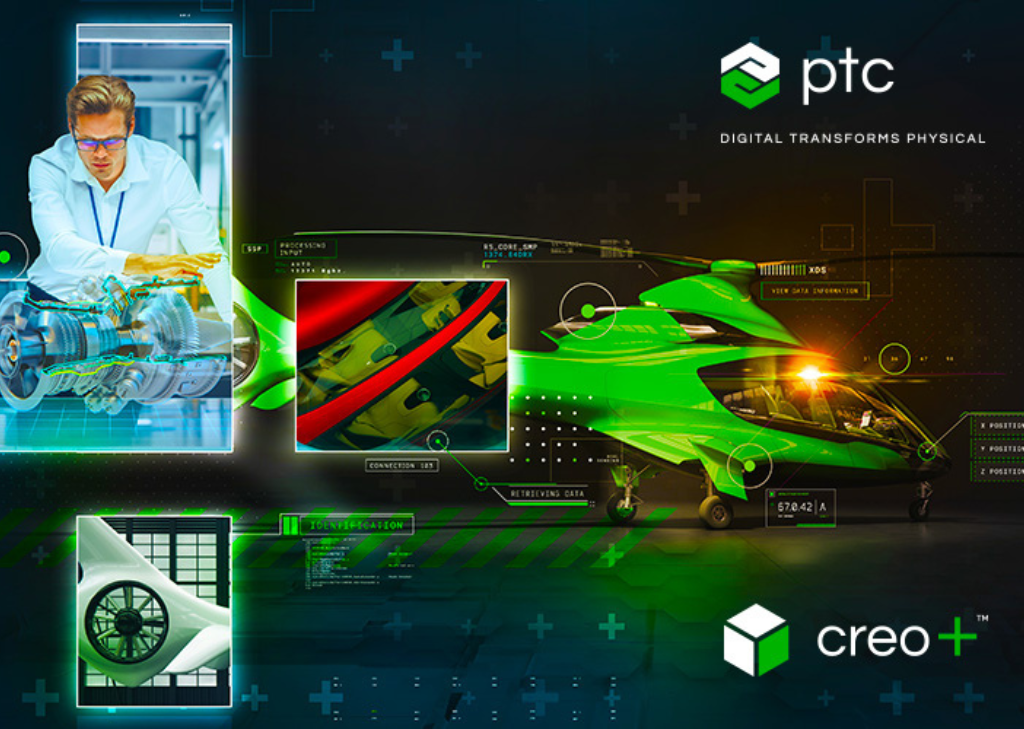Introduction
In the dynamic world of 3D Computer-Aided Design (CAD) software, innovation is the name of the game. Creo+, the latest addition to the Creo family, is creating quite a buzz among design and engineering professionals. In this blog, we will take a closer look at Creo+ and its standout features that are transforming the way we design and create.
What is Creo+?
Creo+ is a next-generation 3D CAD software developed by PTC, known for its innovative solutions in product design and engineering. It is designed to streamline and enhance the product development process, providing a powerful platform for creating, analyzing, and optimizing 3D models. Creo+ builds upon the foundation of PTC’s Creo Parametric, offering new capabilities and tools to meet the evolving needs of design professionals.
Key Features of Creo+
- Generative Design: Creo+ introduces advanced generative design capabilities. This feature leverages artificial intelligence and algorithms to automatically generate multiple design variations based on user-defined constraints and objectives. Designers can explore a range of innovative solutions, improving product performance and reducing material usage.
- Real-time Collaboration: Collaborative design is a cornerstone of Creo+. The software enables real-time collaboration among team members, allowing them to work on the same project simultaneously, view changes, and offer feedback. This fosters greater teamwork and accelerates the design process.
- Cloud-based Workspaces: Creo+ is designed for the cloud, which means you can access your projects and collaborate from anywhere with an internet connection. Cloud-based workspaces provide flexibility and efficiency, as they eliminate the need for complex IT setups and hardware.
- Simulation and Analysis: Creo+ offers an array of simulation and analysis tools that enable engineers to evaluate product performance, conduct stress tests, and optimize designs. This results in more reliable products and faster time-to-market.
- Enhanced User Interface: The user interface in Creo+ has been modernized and made more intuitive, making it easier for both experienced and novice users to navigate the software. This streamlines the design process and reduces the learning curve.
- IoT and AR Integration: Creo+ embraces the Internet of Things (IoT) and Augmented Reality (AR) by allowing designers to incorporate IoT data into their designs and visualize them in augmented reality. This paves the way for more innovative and data-driven product development.
- Data Management and Security: Creo+ prioritizes data management and security. Your design data is stored securely in the cloud, and you have control over who can access and edit it. This ensures that sensitive intellectual property is protected.
- Extensive Library of Components: Creo+ includes a vast library of pre-built components and templates, reducing design time and minimizing repetitive work. This library is continually updated and expanded.
- Customization and Integration: Creo+ can be customized and integrated with other software and systems to meet specific industry and company requirements. This flexibility ensures that it can adapt to your organization’s unique needs.
Conclusion
Creo+ represents the future of 3D CAD software, combining cutting-edge technology with a user-friendly interface. Its generative design capabilities, real-time collaboration, cloud-based workspaces, and integration of IoT and AR make it a powerful tool for design and engineering professionals.
As product development becomes more complex and competitive, having a software solution like Creo+ can be a game-changer. It not only accelerates the design process but also empowers designers to create more innovative and efficient products. Whether you’re working on a small project or a large-scale industrial design, Creo+ has the tools and features to support your creative vision and drive your projects to success.

